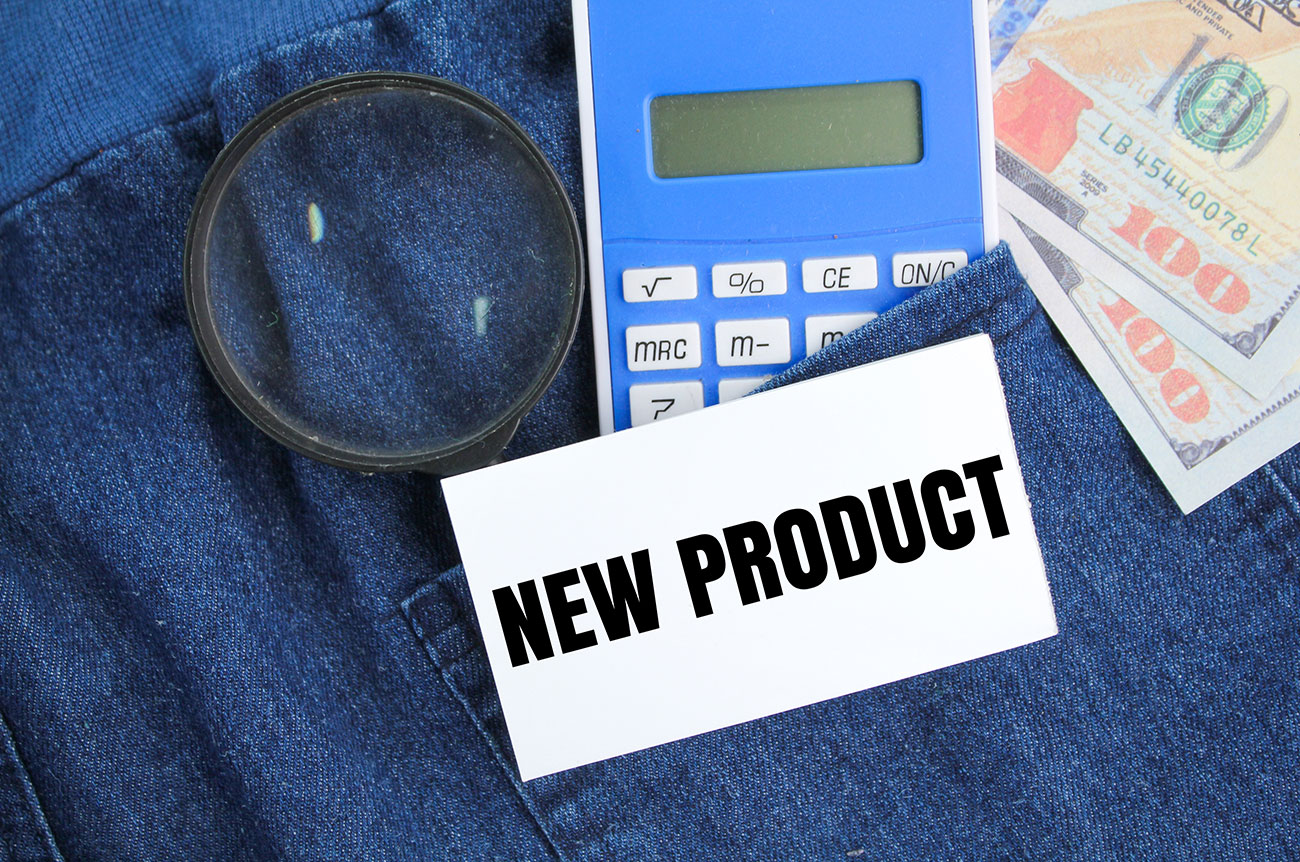Posted On August 22, 2024
Key Strategies for Successful Product Development
Overseeing the product development process is crucial to ensuring that our organization delivers high-quality products that resonate with users and meet business goals. Here are some key strategies to guide successful product development.
1. Start with a Clear Vision and Roadmap
A successful product begins with a clear and well-defined vision. This vision should outline the product’s purpose, target audience, and the problems it aims to solve. Along with the vision, a comprehensive roadmap is essential to guide the development process, set priorities, and align the team with the product's long-term goals.
Strategy: Collaborate with stakeholders to develop a clear product vision. Create a detailed roadmap that outlines key milestones, features, and timelines. Ensure that the roadmap remains flexible to accommodate changes based on market feedback or new insights.
2. Focus on Customer-Centric Design
Understanding the needs and pain points of your target customers is vital for developing a product that truly adds value. Customer-centric design involves gathering feedback early and often, using it to shape the product’s features, design, and functionality.
Strategy: Conduct thorough market research, user interviews, and usability testing to gather insights into customer needs. Involve customers in the development process through beta testing and feedback loops to ensure the product meets their expectations.
3. Implement Agile Development Methodologies
Agile methodologies have become a cornerstone of successful product development. By adopting Agile, teams can work iteratively, delivering small, incremental improvements that are tested and refined based on user feedback. This approach allows for flexibility and responsiveness to change, ensuring that the product evolves to meet market demands.
Strategy: Adopt Agile practices such as Scrum or Kanban to manage your development process. Break down the product development into sprints or iterations, with regular reviews and adjustments based on progress and feedback.
4. Cross-Functional Collaboration
Successful product development requires close collaboration between different teams, including engineering, design, marketing, and sales. Cross-functional teams bring diverse perspectives and expertise, leading to more innovative and well-rounded products.
Strategy: Foster a culture of collaboration by establishing regular communication channels between different departments. Encourage cross-functional teams to work together from the initial concept phase through to product launch, ensuring that all aspects of the product are aligned with the overall strategy.

5. Prioritize Quality Assurance and Testing
Quality assurance (QA) is crucial in product development, ensuring that the final product is reliable, functional, and free of defects. Implementing robust testing processes throughout the development cycle can catch issues early, reducing the risk of costly fixes post-launch.
Strategy: Integrate QA into every stage of the development process. Use automated testing tools to ensure consistent quality and conduct regular manual testing to catch edge cases and usability issues. Encourage a culture of quality where every team member is responsible for delivering a high-quality product.
6. Manage Risks Proactively
Every product development process involves risks, whether they’re related to technology, market changes, or resource constraints. Identifying and managing these risks proactively can prevent setbacks and ensure smoother progress.
Strategy: Conduct a risk assessment at the start of the project, identifying potential risks and their impact on the development process. Develop contingency plans for high-impact risks and regularly review and update your risk management strategies as the project evolves.
7. Monitor and Measure Progress
Tracking progress against the roadmap and key performance indicators (KPIs) is essential to ensure that the product development stays on track. Regular monitoring allows you to identify bottlenecks, make necessary adjustments, and ensure that the team is aligned with the product goals.
Strategy: Set clear KPIs at the outset of the project and use tools like Jira, Trello, or Asana to monitor progress. Conduct regular check-ins with the team to review progress, address challenges, and make adjustments to the development plan as needed.
8. Plan for a Successful Launch and Beyond
A product's success doesn’t end with its launch. Planning for post-launch activities, including marketing, customer support, and ongoing development, is crucial for maintaining momentum and ensuring long-term success.
Strategy: Develop a comprehensive launch plan that includes marketing strategies, customer onboarding, and support mechanisms. Post-launch, gather customer feedback, monitor product performance, and prioritize updates or new features based on user needs and market trends.
Conclusion
Successful product development is a complex process that requires clear vision, customer focus, agile execution, and cross-functional collaboration. By prioritizing quality, managing risks, and monitoring progress, your team can deliver products that not only meet market demands but also exceed customer expectations. As a leader, implementing these strategies will help ensure that your product development efforts result in innovative, high-quality products that drive business success.







